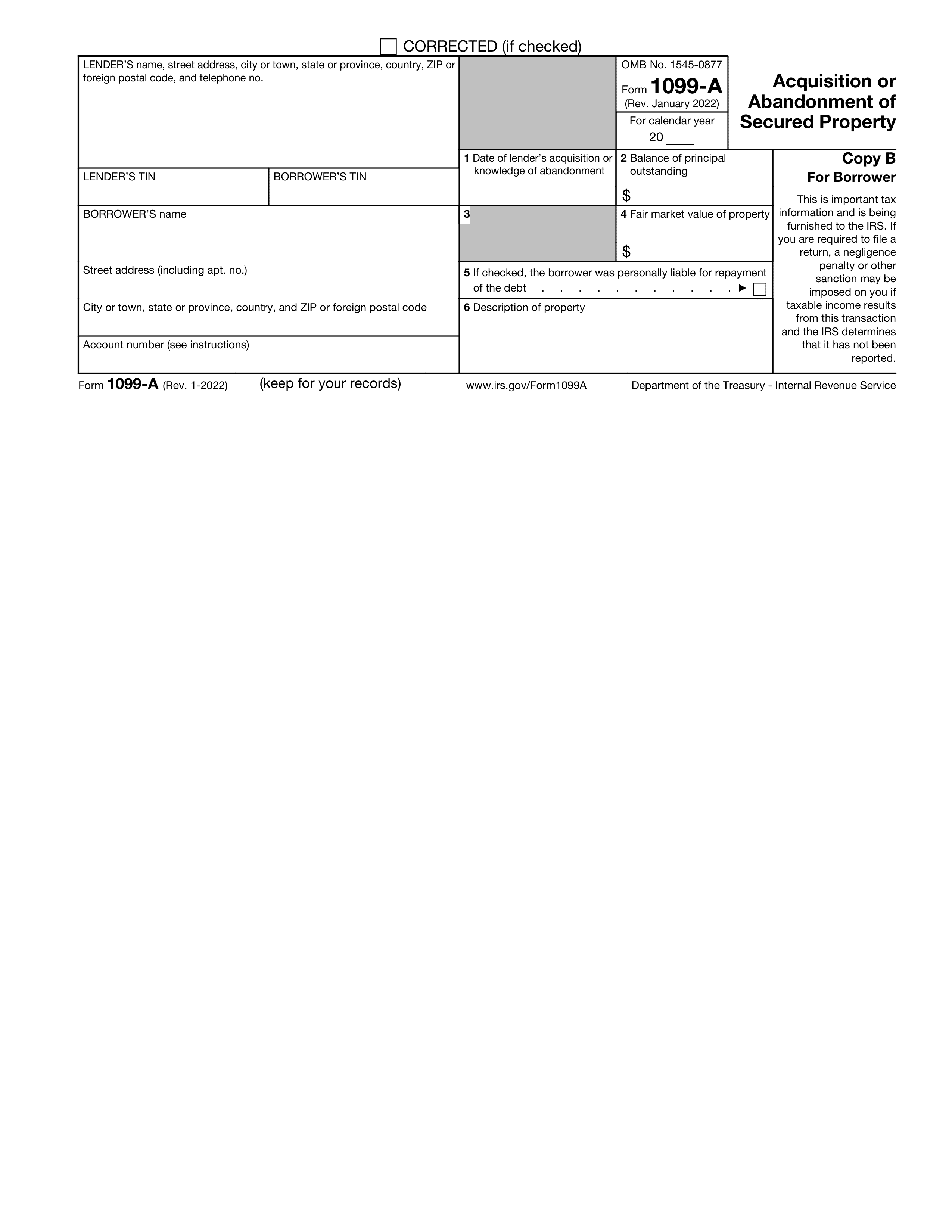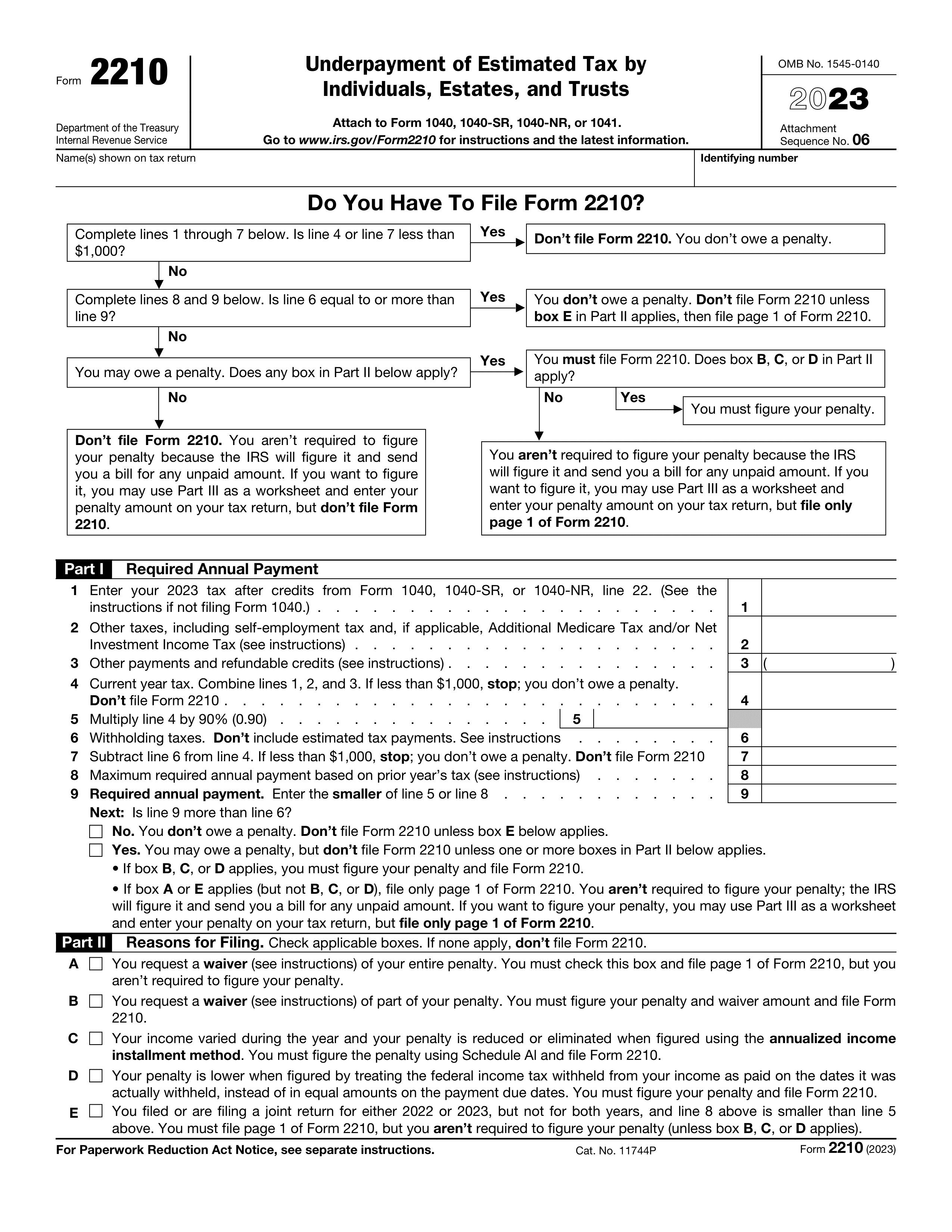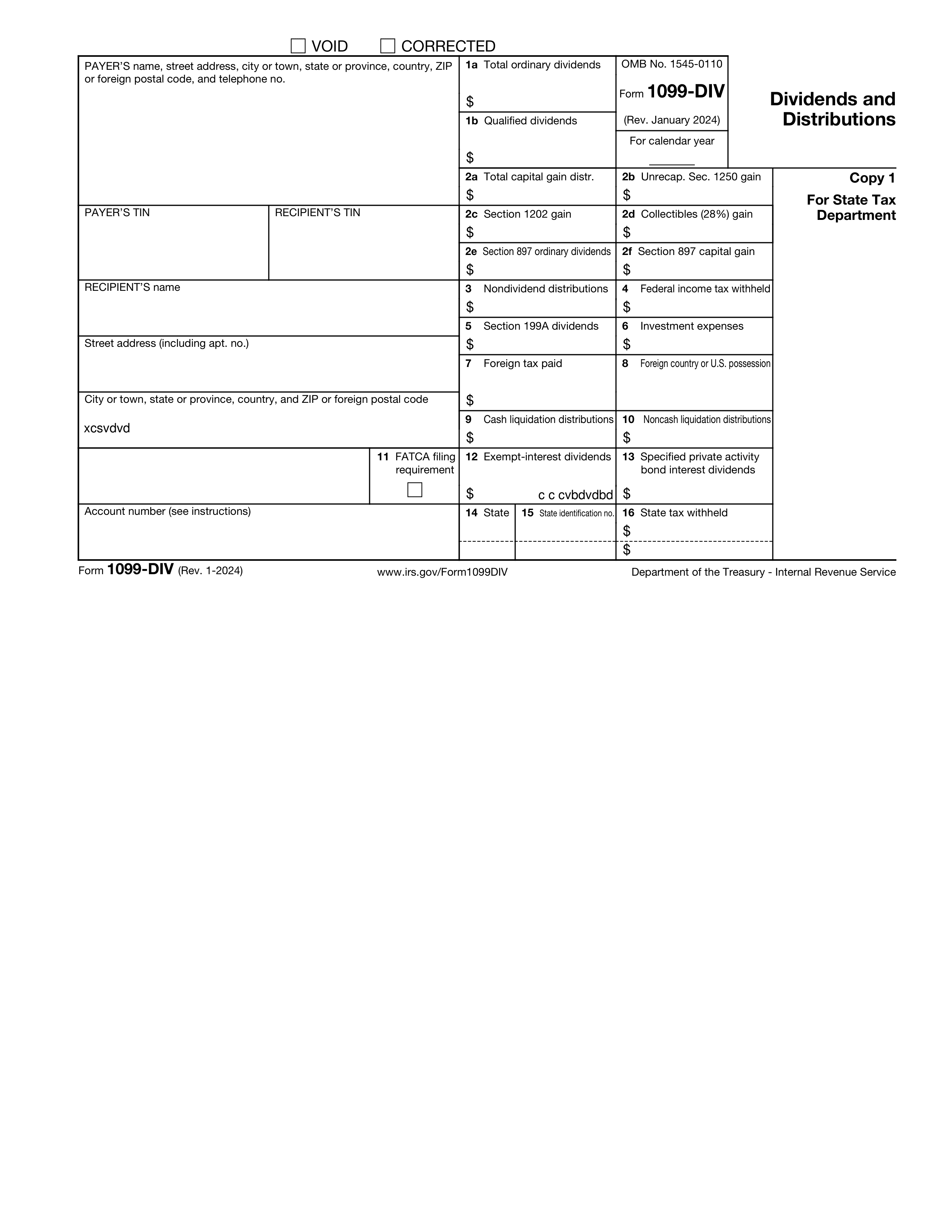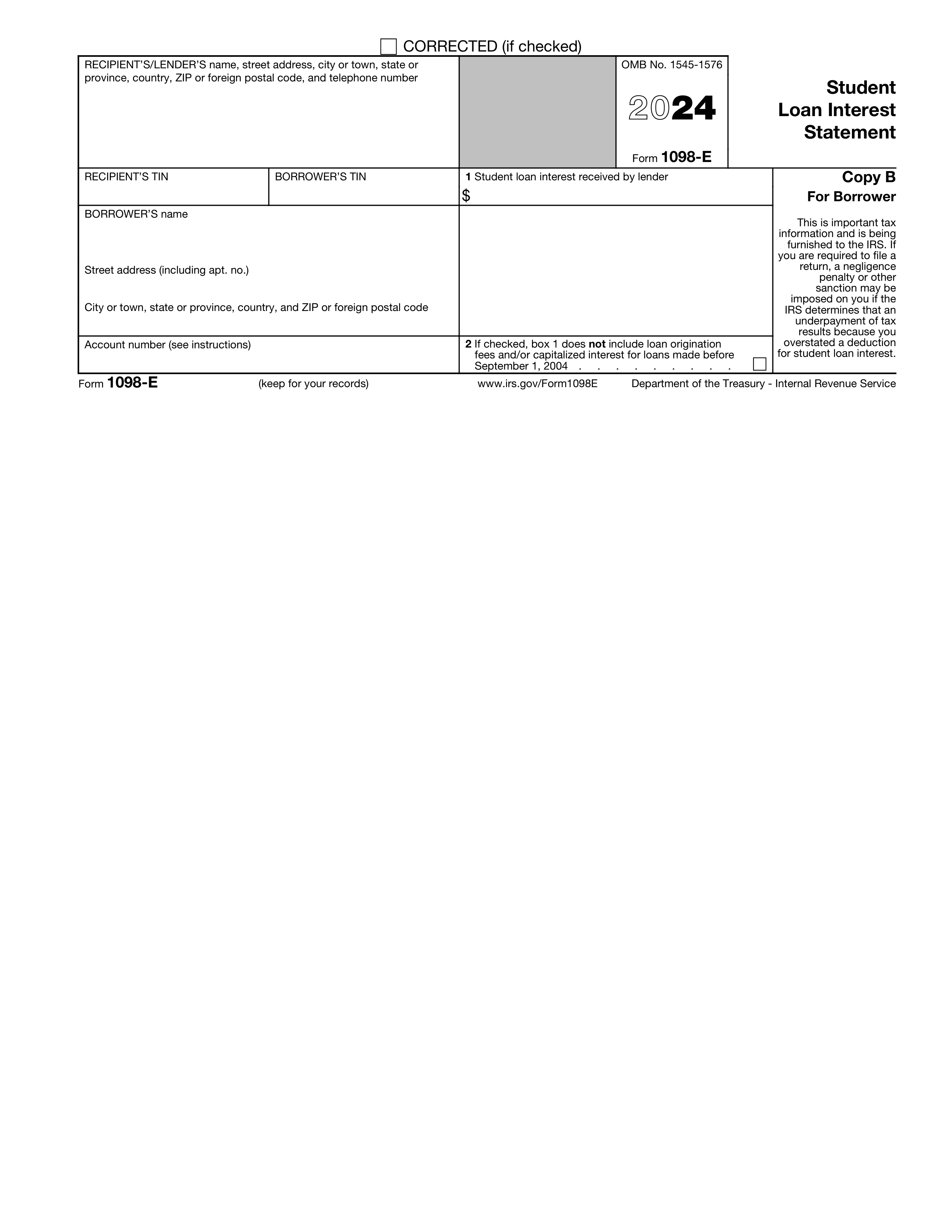What is Form 2439?
Form 2439, also known as the Notice to Shareholder of Undistributed Long-Term Capital Gains, is used by regulated investment companies and real estate investment trusts. It informs shareholders about undistributed capital gains that will affect their taxes. Understanding this form is crucial because it helps you report these gains accurately on your tax return, ensuring you pay the correct amount owed and avoid potential penalties. Always refer to the IRS for guidance on filling out this form correctly.
What is Form 2439 used for?
Form 2439 is used for reporting undistributed long-term capital gains:
- to inform shareholders of gains.
- to calculate taxes owed.
- to provide details for tax filing.
How to fill out Form 2439?
- 1
Review the form instructions carefully to understand requirements.
- 2
Enter your personal information in the designated fields, ensuring accuracy.
- 3
Provide details about the distribution amount and any taxes withheld.
- 4
Check that all required fields are filled out completely.
- 5
Verify your entries for correctness before proceeding.
- 6
Submit your completed form as instructed.
Who is required to fill out Form 2439?
Form 2439 is completed by brokers and financial institutions for reporting purposes. It helps in tax reporting for certain investment transactions.
Investors receive the form from their brokers to report income on their tax returns.
When is Form 2439 not required?
You don't need to fill out Form 2439 if you didn't receive any capital gain distributions from a regulated investment company (RIC) or a real estate investment trust (REIT). Also, if you are not a shareholder of a mutual fund or do not hold shares in a REIT, this form does not apply to you.
Individuals who did not receive a Form 2439 from their investment company or trust also do not need to file it. In these cases, simply proceed with your taxes without this specific form.
When is Form 2439 due?
Form 2439 must be furnished to shareholders by the 60th day after the end of the regulated investment company’s (RIC) or real estate investment trust’s (REIT) tax year.
This means if the RIC or REIT’s tax year ends on December 31, Form 2439 is due to shareholders by March 1 of the following year.
How to get a blank Form 2439?
To get a blank Form 2439, issued by IRS, simply visit our platform and click on the Fill Form option. The blank version of Form 2439 will load in our editor, allowing you to fill it out easily. Once completed, you can download the form for your records.
Do you need to sign Form 2439?
Form 2439, which is used to report undistributed long-term capital gains, typically does not require a signature.
Always check the IRS website for the latest updates on forms. This helps prevent any misinformation that could lead to issues with your tax filings.
Where to file Form 2439?
Form 2439 cannot be filed online. It must be printed and submitted by mail to the IRS. Ensure that you send it to the correct address based on your location to avoid delays.
Provide Copies B and C of Form 2439 to each shareholder by the 60th day after the end of the RIC’s or REIT’s tax year. If the shareholder is an IRA, send Copies B and C to the IRA’s trustee or custodian-not to the owner of the IRA. Keep Copy D for the RIC’s or REIT’s records.




